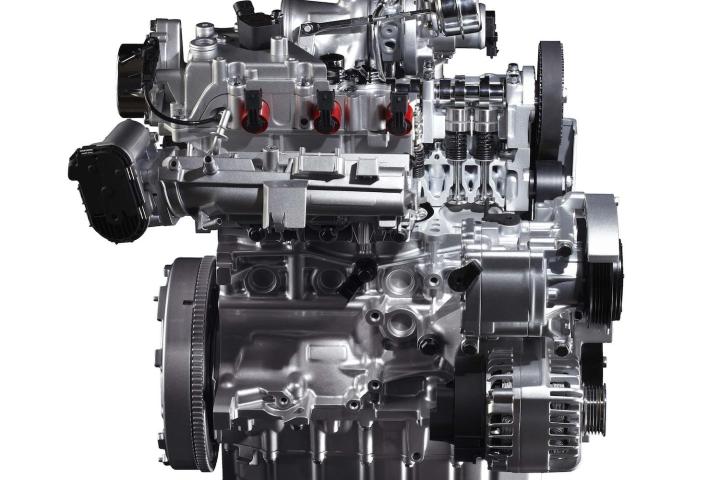
It’s called Hurricane…how could it not be good?
Chrysler will launch a new four-cylinder engine with an epic name for 2016. It help Auburn Hills compete with the downsized engines other carmakers are launching to in a bid to increase fuel economy.
Actually, only this engine’s cylinder head is named Hurricane. The rest will be a reworked version of Chrysler’s 2.0-liter inline-four, which is called Tigershark. Someone at Chrysler drinks too much caffeine.
According to Chrysler, a new head will make all the difference. According to Automotive News (sub. required) it will use new technologies to increase fuel efficiency. Chrysler isn’t saying what those technologies are; they’ll presumably be revealed closer to the engine’s 2016 launch.
The 2.0-liter is definitely due for an update.
The small Chrysler four-banger dates to the early 2000s “World Gas Engine” project, a collaboration between (at the time) Daimler-Chrysler, Mitsubishi, and Hyundai. It received a few updates after Chrysler’s marriage to Fiat, but did not get the same “MultiAir” variable valve lift tech as the 2.4-liter Tigershark four.
In its current form, the non-Hurricane 2.0-liter produces 160 horsepower and 148 pound-feet of torque. It’s currently in the Dodge Dart and the Jeep Compass and Patriot.
The Hurricane had better bring some devastating improvements in power and fuel economy, if Chrysler wants to stay competitive.
Four-cylinder engines are quickly becoming the go-to powerplants for mainstream cars, as manufacturers look for fuel-efficient powertrains that are cheaper and less complex than hybrids. The Ford Fusion, Hyundai Sonata, and Mazda6 are all powered exclusively by four-cylinder engines. Having a second credible four-cylinder in the lineup would probably help Chrysler.
Plus, who wouldn’t want to say they have a hurricane under their hood?


